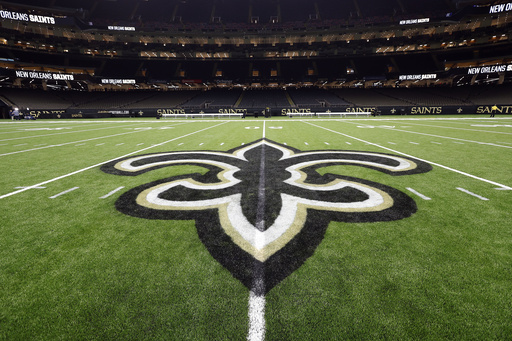
NEW ORLEANS — In the wake of a controversial disclosure involving a list of abusive Catholic priests, local church leaders turned to an unexpected partner: the management team of the New Orleans Saints, the city’s NFL team.
What transpired was a protracted crisis management initiative led by the Saints’ president and other key officials, as uncovered through a trove of internal communications. These emails, which the Saints and church officials had attempted to keep private, indicate that team executives were more intricately involved in shaping public perception during the clergy sexual abuse scandal than previously understood. The communication efforts were primarily motivated by the Saints’ owner, a devout Catholic, who has longstanding ties with the troubled archbishop of New Orleans.
The emails highlight a collaboration among various institutions in New Orleans during a critical juncture, including support from a sitting federal judge and various media outlets.
A few significant details have emerged from the Saints’ communications:
— Saints executives took such an active role in the church’s public relations strategy that a spokesperson updated the team’s president on a call with the city’s top prosecutor, revealing that this conversation led to names being omitted from the church’s list of accused clergymen.
— The team’s officials were among the first outsiders to review this carefully prepared yet incomplete list, which, by revealing the names of certain clergy, could potentially open the church up to civil suits and investigations from both state and federal authorities.
— The Saints’ president, Dennis Lauscha, crafted a set of questions for Archbishop Gregory Aymond to anticipate during interviews with the press.
— Greg Bensel, the Saints’ senior vice president of communications, provided real-time updates to Lauscha about local media engagements, conveying a sense of unity between church and team leaders in addressing the crisis.
The revelations from these emails contradict prior claims made by the Saints about the limited involvement they had in supporting the church’s public relations initiatives. The club had even pursued legal measures to keep their internal correspondence confidential.

